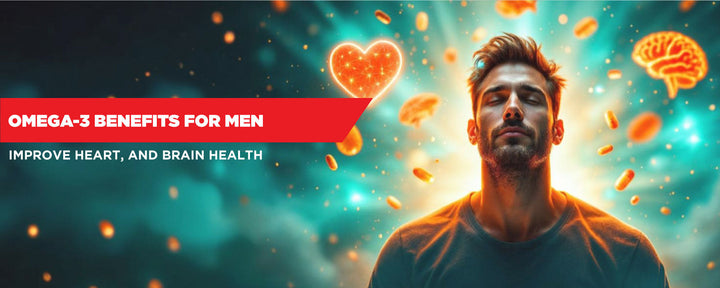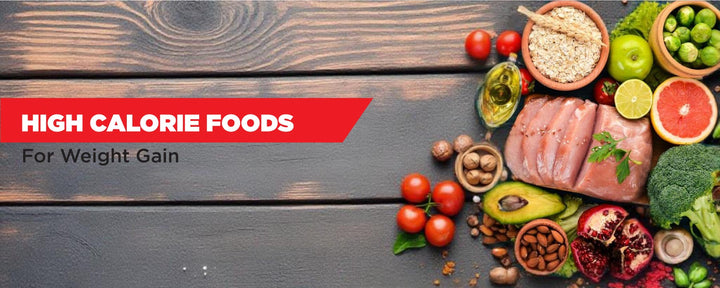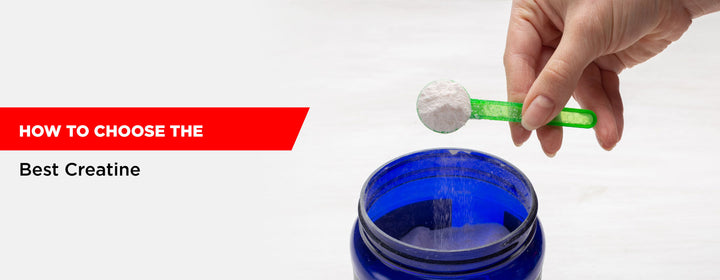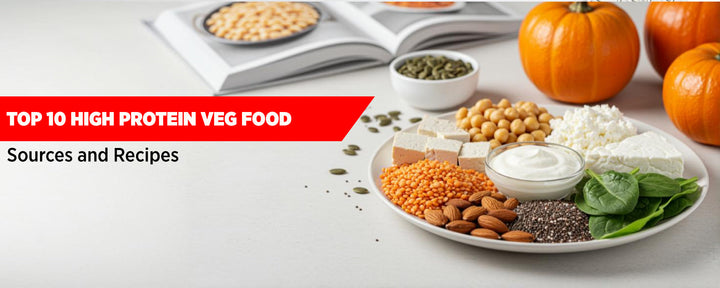Protein is a macronutrient that has a lot of importance to the metabolism, muscle and tissue repair, growth, and other aspects of the body. If there is low protein intake, the body will experience some problems that are associated with protein deficiency symptoms. The following blog post will tell you about the main symptoms of low protein, types, causes, along with treatment, etc.
What is Protein Deficiency?
It is the state whereby an individual’s consumption of protein from the food he/she takes is below the recommended quantity by the body. This condition cannot be considered common in the developed world, but it may occur in some segments of the population, for instance, children in the developing countries or those who have restricted access to properly nourishing food because of their health problems.
Common Signs and Symptoms of Protein Deficiency
Some of the most common Protein deficiency symptoms are given below:-

- Edema (swelling): The most obvious symptoms of low protein are swellings, which may range all over the body, particularly the abdominal region, legs, and feet, where fluid is retained. This is because serum albumin, a protein that stabilizes the fluid in the blood, has low levels in the bloodstream.
- Muscle Wasting: Malnutrition, particularly low-protein diets, leads to atrophy of muscles, or, in other words, detraining or loss of muscle mass. The body will be forced to metabolize muscle tissue to provide protein needs in the body, leading to weakness and reduced physical strength.
- Fatigue and Weakness: Persons bearing signs and symptoms of protein deficiency are generally tired and lacking in vigor. This could be due to the fact that the body is not able to recover tissues and get energy for the body without the inclusion of protein.
- Hair and Skin Changes: It is essential for skin and hair since the body requires protein to maintain all its tissues. A deficiency may cause dry hair, scalp, and coat, brittle hair, and hair loss. The texture or color of hair may also be affected.
- Increased Hunger: Those with low protein levels may also feel hungrier much more often, probably because their body is now in fat-storing mode. Satiety is most importantly associated with protein; without protein, most people will not be able to get the full feeling after eating.
- Impaired Immune Function: Another problem with little protein is that the immune system will not be as strong and people will fall sick from infections and illnesses easily. This is because antibodies, which are proteins in nature, are needed in fighting the disease-causing agents in the body.
- Cognitive Impairment: Acute malnutrition caused by protein deficiency in children may result in impairment of faculties such as thinking or studying capability. This is usually associated with the resulting effects on growth and development.
- Delayed Wound Healing: The compound is important in the body for the purposes of maintaining, building, and repairing tissues; therefore, a person who has a deficiency will find that cuts and sores will take longer to heal.
Types of Severe Protein Deficiency
There are specific conditions associated with severe protein deficiency:
- Kwashiorkor: This condition mostly occurs in children who meet their recommended dietary calories but are deficient in protein. The signs are swelling, increased sensitivity, skin color and tone changes, and an increase in belly size. Kwashiorkor can have long-term consequences as severe if it is not treated at the earliest possible age.
- Marasmus: Marasmus, on the other hand, differs from kwashiorkor in the sense that it is associated with a shortage of all the macronutrients (protein, carbohydrates, and fats). It results in overweight loss and muscle depletion because there is so much less energy in a day for the body to use.
Causes of Protein Deficiency
Several factors can contribute to protein malnutrition symptoms:
- Inadequate Dietary Intake: The basic cause is a diet with low-quality protein foods, including meats, dairy products, legumes, and nuts.
- Health Conditions: Other pathophysiologic conditions include pre-existing disease states such as liver disease, renal disease, or gastrointestinal disease that may affect the ability to absorb current athletic training.
- Socioeconomic Factors: Lack of food and poverty are some of the major predetermined factors that cause malnutrition in the world. At times this brings the point that while one may sometimes have access to as many calories as they want but not necessarily quality protein.
Diagnosing Protein Deficiency
Diagnosis of protein depletion symptoms typically involves a combination of physical examinations and laboratory tests.
- Physical Examination: The physical assessment signs that the healthcare providers will be checking for include oedema or muscle wasting.
- Laboratory Tests: A blood sample can determine albumin, proteins, and other nutrients, as well as caloric needs.
The Importance of Protein in the Diet
Protein is known by many as the very fabric of life and for solid ground on this notion. It is essential for numerous bodily functions, including:

- Muscle Repair and Growth: It’s crucial to make sure that you are getting enough protein, especially when undertaking muscle training exercises. It also specifies that athletes and active people need more protein to feed their exercise routines.
- Hormone Production: Thus, a lot of hormones, like insulin and the growth hormone, are proteins that comprise amino acid chains. These hormones are involved in controlling diverse functions of the body, such as metabolism and bodily growth.
- Enzymatic Functions: Proteins function as catalysts in biochemical activities in the human body; they are known as protein enzymes. If the body has too little protein, then these reactions might reduce and therefore influence well-being.
How to fulfill your protein intake?
In order to fulfill your protein intake one should consume high protein foods in their diet. These high protein foods include lean meats, fish, eggs, dairy products, legumes and nuts etc. you should aim for a balanced distribution of protein throughout the day while taking 25 to 30 grams per meal. You can also go for protein rich snacks like green yogurt or Whey Protein shakes in order to fulfill your daily needs more efficiently.
Treatment and Prevention
The primary treatment for protein malnutrition symptoms involves dietary changes aimed at increasing protein intake.
- Dietary Adjustments: A protein eating plan should consist of lean meats, fish, eggs, milk products, legumes, nuts, and seeds and should be incorporated in regular meals to support recovery.
- Supplementation: There are instances when diet modification alone is inadequate (as an example, where the diet is not well balanced, such as marasmus); medical practitioners advise supplementation or food enrichment.
- Long-term Monitoring: Consequently, people experiencing severe deficiencies should continue visiting their healthcare providers often to track personal progress successfully.
Conclusion
Simple changes in the diet or seeking medical help to address protein malnutrition symptoms early can be very helpful in reducing the prognosis for the patient. Since people grasp what sufficient protein intake means and the effects that go hand in hand with it, they can work towards improving their nutritional health.
FAQs
Q. What are the common signs of protein deficiency?
Ans. Some of the most common signs of protein deficiency include brittle hair and nails along with fatigue, increased hunger, muscle weakness and frequent infections.
Q. How does deficiency of protein affect hair and nails?
Ans. A person who is suffering from protein deficiency will have brittle hair and nails causing them to break easily and appear dull or unhealthy.
Q. What impact does low protein have on the energy level of an individual?
Ans. Low intake of protein can result in fatigue and decreased energy levels which make it challenging to recover after exercise.
Q. How can one increase the intake of protein effectively?
Ans. If you want to increase your protein intake then you should include high protein foods like lean meats, fish, eggs, legumes and dairy products in your diet.






